In the footsteps of General de Gaulle in Paris Region
- Inspiration
- Top experiences
- In the footsteps of General de Gaulle in Paris Region
Charles de Gaulle, a name that is inextricably linked to our collective memory. As a leader during the Second World War, author of the historic appeal to the French people and founder of the Fifth Republic, of which he became the first president, he is one of the most symbolic figures of the 20th century.
In 2020, as we commemorate the 80th anniversary of the battles of the French Campaign, the Appeal of 18 June and the creation of Free France, as well as his birth and death (1890–1970), take a walk in the footsteps of the Great Man in the Paris Region.
Total immersion in the journey of a giant of History
This interactive and immersive place of collective memory, built as an invisible monument beneath the Musée de l’Armée, is where the course of Charles de Gaulle’s history unfolds.
The meticulously processed audiovisual archives and the hundreds of hours of sound and visual recordings help provide a clearer picture of his life and his history, thus forming a remarkable historic heritage.
The Historial is an addition to the Two World Wars department of the Musée de l’Armée and the collections of the Musée de l’Ordre de la Libération.
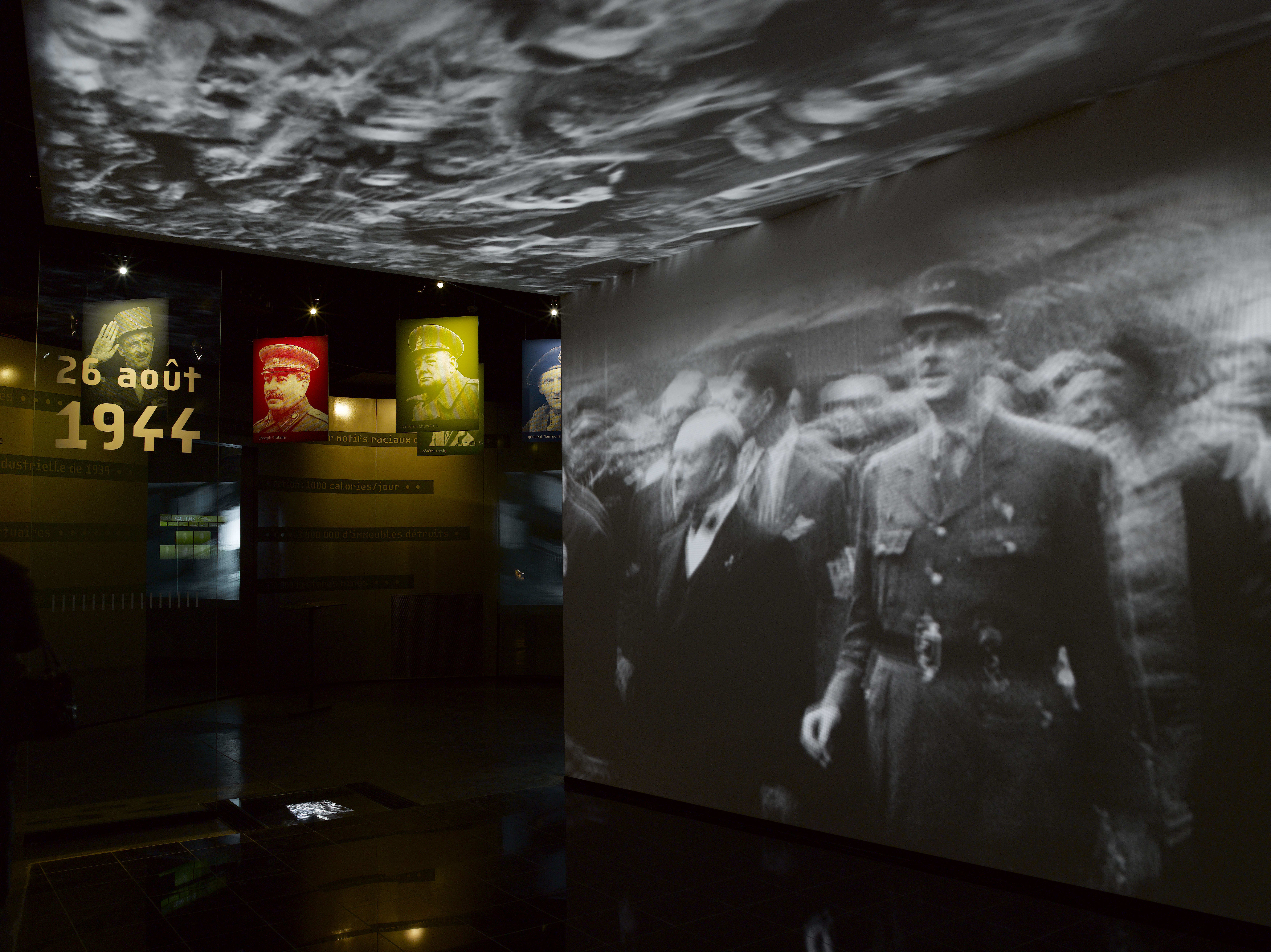

Pay tribute to the Companions of the Liberation
A mere four months after making the Appeal of 18 June, General de Gaulle, understanding that the war would be long, had the idea to quickly produce a strong symbol, a new order that was different to that of the Legion of Honour.
The leader of Free France therefore decreed the creation of an Order of Liberation to honour all those who would be included in the endeavour to liberate France.
And so, the Companions of the Liberation were born.
In the prestigious surroundings of the Hôtel National des Invalides, the Musée de l’Ordre de la Libération fully dedicates a room to telling their story and that of their founder and Grand Master.
There, we can find an outstanding collection of both French and foreign medals and decorations. With 93 decorations, General de Gaulle was one of the most decorated people in the world and the most distinguished Frenchman abroad.
He was also the only head of state to create three distinctions: the Order of Liberation, the Resistance Medal and the National Order of Merit.


Remember the Liberation of Paris
” Paris outraged! Paris broken! Paris martyred! But Paris liberated ! “
… The emotionally charged voice of General de Gaulle, then head of the provisional government and the embodiment of French Resistance, still resonates loud and clear more than 75 years after the Liberation of Paris and the withdrawal of German forces.
On 25 August 1944, General Leclerc, having left General de Gaulle in Rambouillet, crossed the Porte d’Orléans at the head of the French 2nd Armoured Division and rode up the avenue that today bears his name to Place Denfert-Rochereau.

Where better for the Musée de la Libération de Paris ?!
Filled with priceless collections, it tells the story of this Parisian Resistance, that of Jean Moulin and all of the unknown people who fought for their freedom.
It also tells that of General de Gaulle, who inspired them in their fight.
In the basement of the building, in a passive defence shelter, is where Colonel Rol-Tanguy, leader of the French Forces of the Interior (FFI), had set up his command post, making the place twice as symbolic.

Reflect before the Mémorial de la France combattante
A medieval place of worship and later a military fortress in the 19th century, Fort Mont-Valérien shares a sad connection with the history of Paris during the Second World War, as it was chosen by the German army as the main site for executions in France. More than 1,000 people, resistance fighters and hostages, Jews and communists, were killed there.
As early as 1945, General de Gaulle visited Fort Mont-Valérien to pay homage to this fighting and resistant France, and he very quickly made a plan to build a memorial dedicated to the deaths in the war from 1939–1945.
This became possible from 1958 and his return to power. The “Mémorial de la France combattante” (Memorial of Fighting France) was inaugurated on 18 June 1960.

On the vast external wall of the esplanade, 16 bronze high reliefs represent the 16 people who died for France buried in the crypt, and they illustrate the fight against the enemy. They frame a monumental Cross of Lorraine, the symbol of Free France.
It is a place filled with emotion that, to this day, calls for remembrance, 80 years after the appeal to the French people on 18 June 1940.
Celebrate victory on the Champs-Élysées
Commissioned by Napoleon I for the glory of his soldiers and his victorious campaigns, the Arc de Triomphe, beyond the historical aspect, remains one of the most symbolic monuments in Paris and an eye witness to the major events which have made, and will continue to make, France’s history.
Welcomed as a victor by the Parisians, newly liberated from under the jackboot of occupying forces, General de Gaulle stood in remembrance on 26 August 1944 before the Tomb of the Unknown Soldier, the bravest of the brave killed during the First World War.
After solemnly rekindling the flame, he continued down the Champs-Élysées as the crowd cheered. Paris gave its hero a standing ovation!
Paris was free at last!
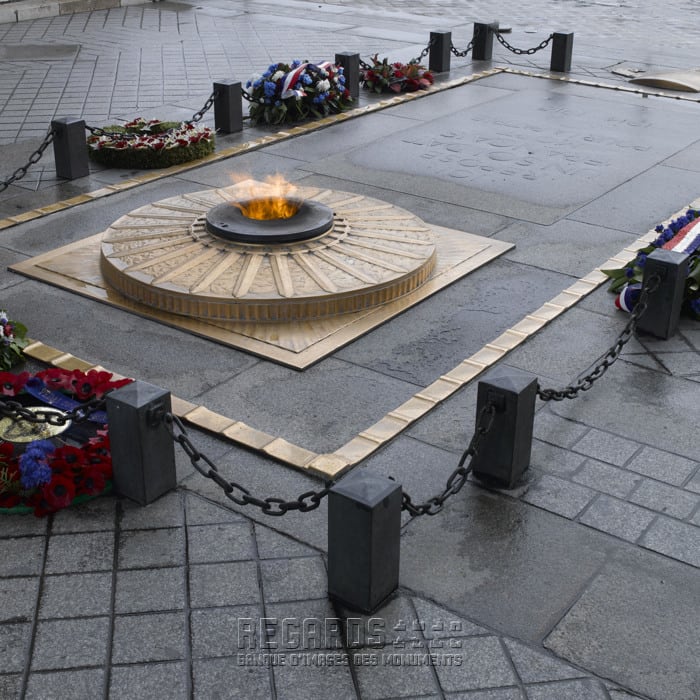

To celebrate this event, a statue of General de Gaulle was built by Jean Cardot, commissioned by the Association des Français Libres (Association of the Free French), near the Grand Palais.
The site is highly symbolic since it was here, in 1944, that Winston Churchill and General de Gaulle laid a wreath at the foot of the statue of Clemenceau. United they stood in the same fight and forever stand for all future generations, as the statue of the British statesman is not far away, near the Petit Palais.

The Place de l’Étoile, home to the Arc de Triomphe, was officially renamed Place Charles de Gaulle on 13 November 1970, in tribute to the man and the president, having passed away only a few days earlier.
Visit three Palaces of the French Republic
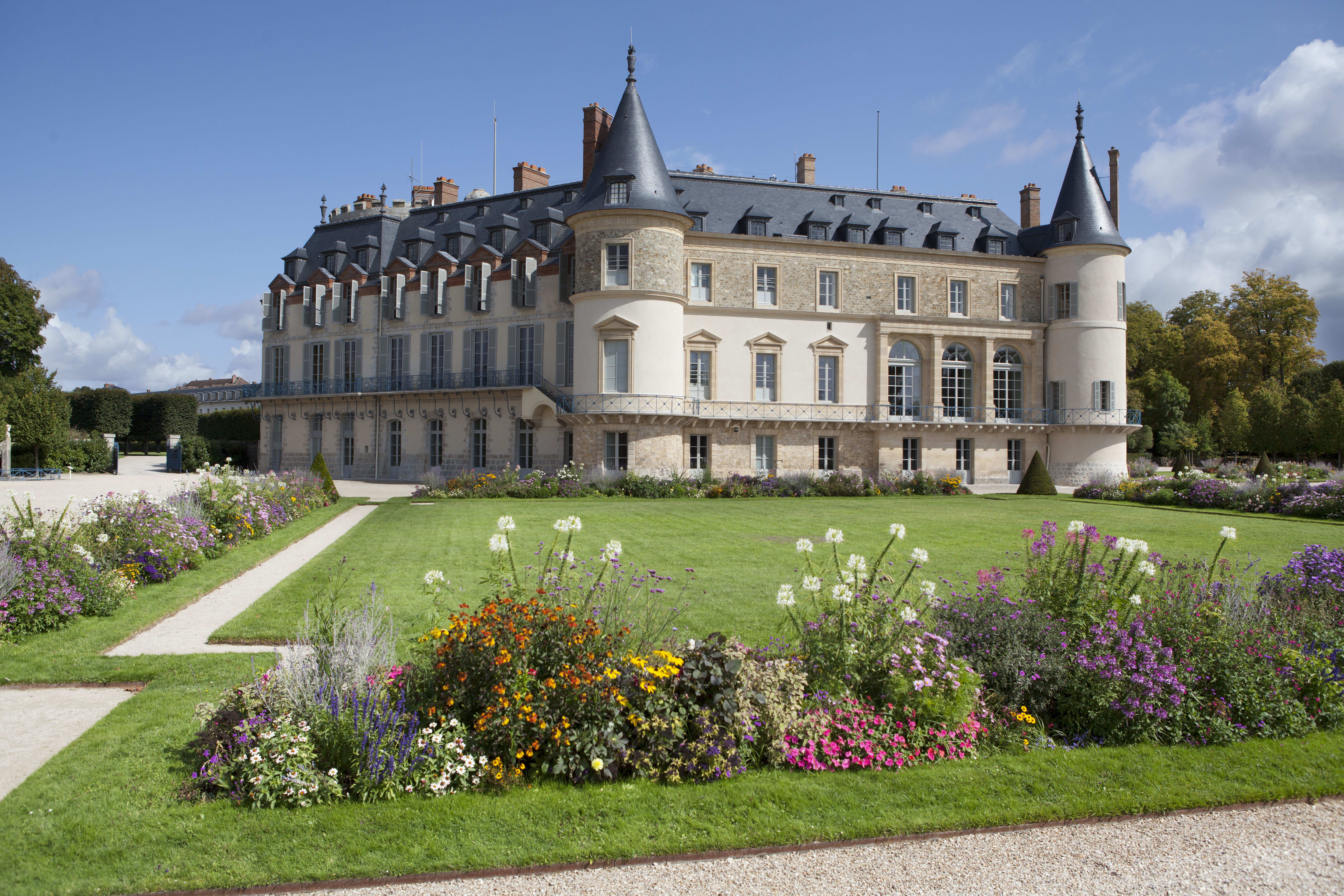
To visit the Château de Rambouillet is to embark on a journey through time and the private lives of the great figures of French history.
In this old medieval fortress, the Kings and Queens of France came to be together as a family, to rest or to enjoy nature and the lush surrounding forest.
Witness to the final breath of Francis I, refuge for the romances of the Angennes and later the Toulouse-Penthièvre families, and the scene of Louis XVI and Napoleon I’s hunts, this magnificent home officially became the presidential residence in 1896.
This relaxing environment, a stone’s throw from Paris, was where the Presidents of the Republic liked to receive their guests.
No exception to the rule, General de Gaulle, under the Fifth Republic, held many a celebration and reception there.
Built in one of the loops of the Marne in a haven of greenery, the Château de Champs-sur-Marne, with its splendid rococo and Chinoiserie decor painted by Christophe Huet, is truly a jewel of classical architecture and an ode to the French art de vivre of the 18th century.
Having welcomed within its walls the greatest names in France’s history, among them the Marquise de Pompadour, mistress of King Louis XV, who even added France’s first bathroom, this pleasant country home became the presidential residence in 1935.
In 1959, General de Gaulle, who wanted to receive foreign heads of state on official visits and their families, undertook its restoration and modernisation.
The château thus became the first “Palace of the Republic” and a showcase for the quality of a French welcome. The foreign head of state would arrive on Wednesday, and General de Gaulle would return to the château on Friday to have lunch before the foreign delegation left on Saturday. Such unshakeable etiquette!
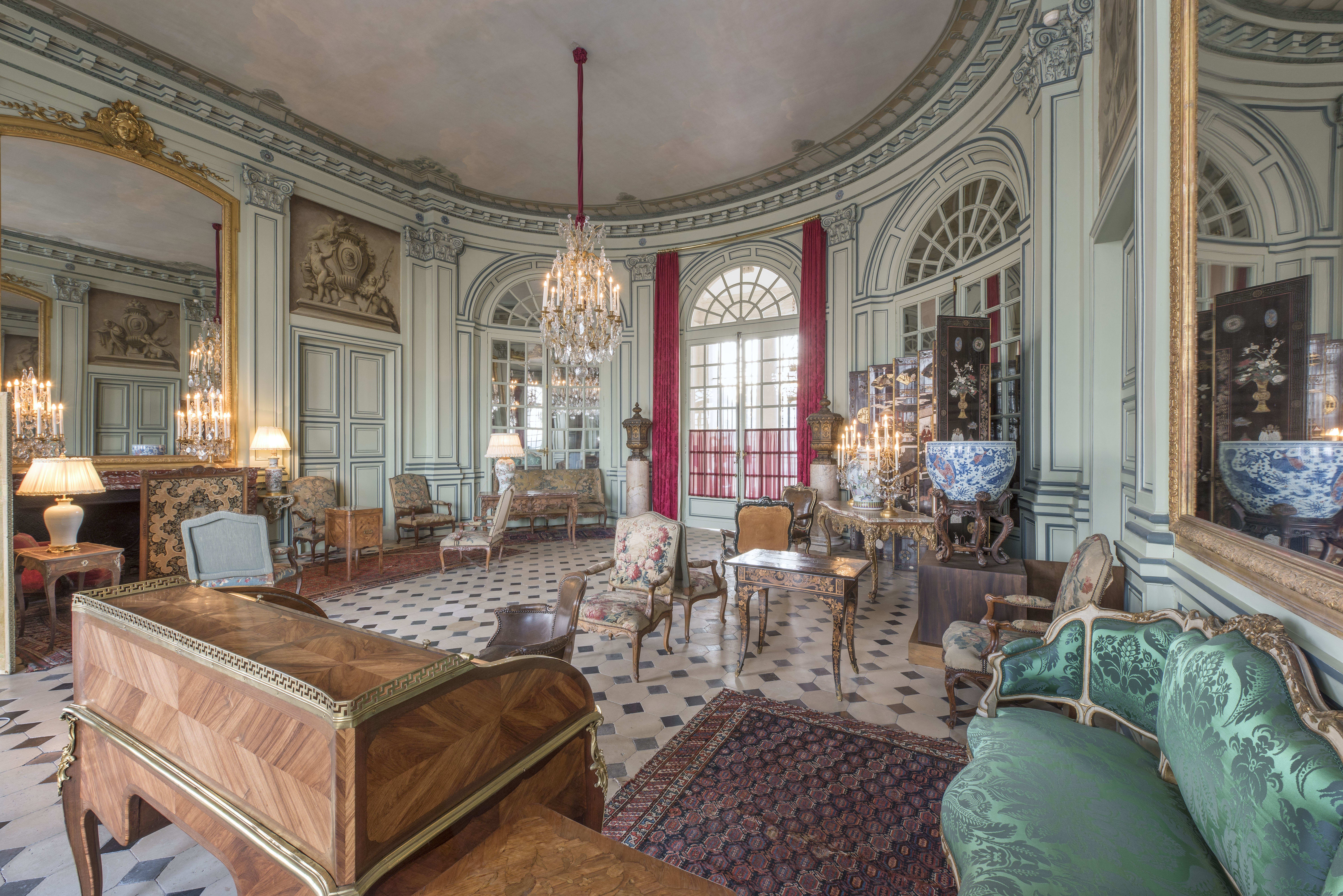
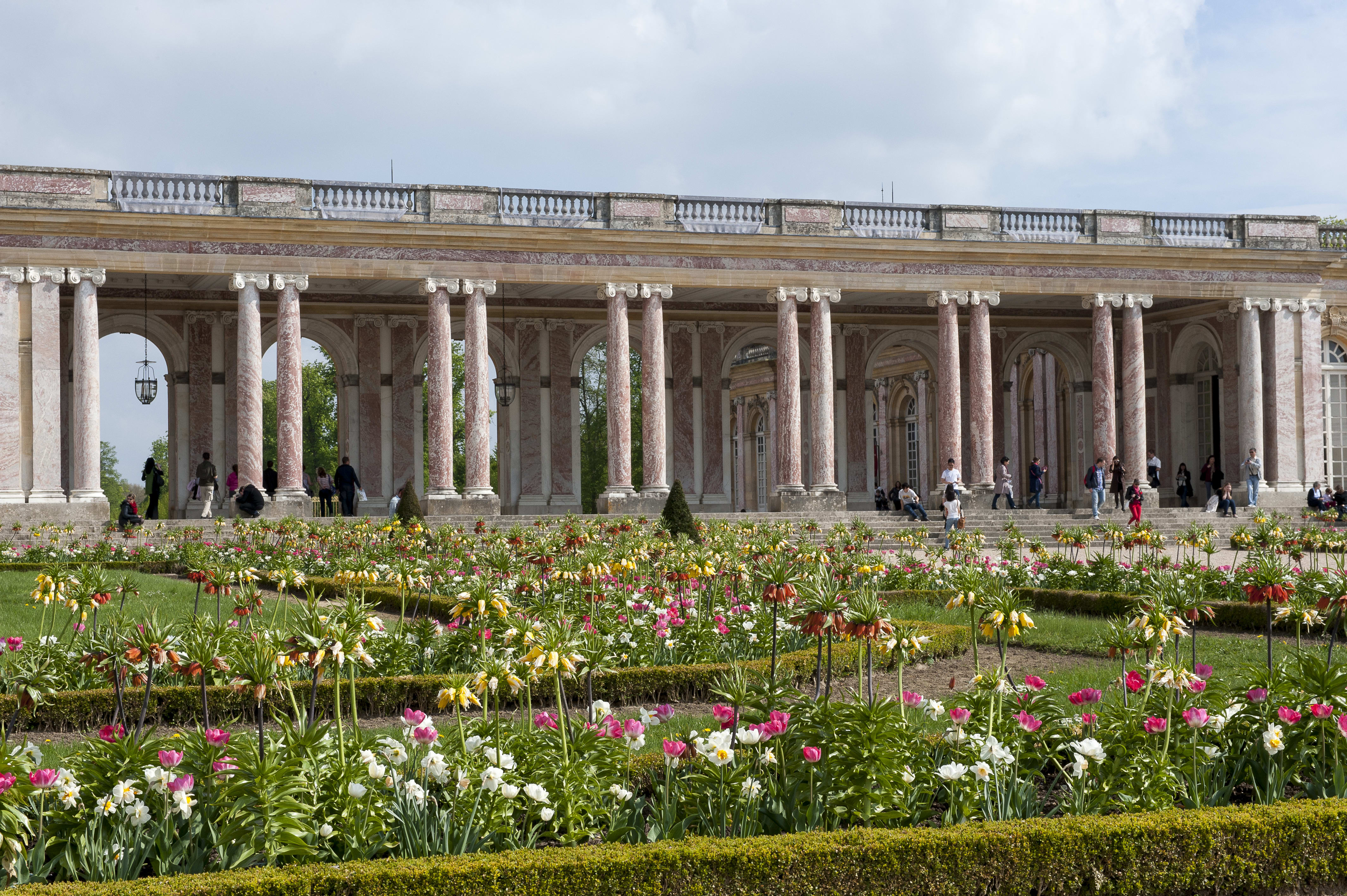
Stripped bare during the Revolution, an imperial palace under Napoleon, and Louis-Philippe’s residence, the Grand Trianon has endured the vagaries of history and time. It was not until 1961 with General de Gaulle’s visit that this jewel of classical architecture would once again find itself in the spotlight.
It was actually while visiting the Château de Versailles, accompanied by his Minister of Cultural Affairs, André Malraux, that he fell under the spell of this little pink marble palace built by Jules Hardouin-Mansart in 1687 for Louis XIV, who wanted to escape the pressing weight of the court.
The General wanted to give France back its position at the forefront of nations, and what better place than this peaceful haven and its magnificent French formal garden to welcome the guests of the Republic, feeling that the Élysée was too cramped!
In 1966, after almost five years of work, the Grand Trianon took its seat back at the table of French diplomatic relations.
Did you know?
France’s highest honour. At the Musée de la Légion d’Honneur, nestled in the magnificent Hôtel de Salm just a few steps from the Musée d’Orsay, come and see the Medal of the Grand Master of the Legion of Honour worn by General de Gaulle.
His name was engraved over that of Marshal Pétain, who was then removed.

From 21 January to 26 May 1946, General de Gaulle stayed in Marly-le-Roi,…
near Versailles to the west of Paris, after having withdrawn from remaining the head of the provisional government. He took advantage of these few months to write the first draft of the first part of his “Mémoires de Guerre” (War Memoirs), a book which would later be published in 1954.
It was in Clamart, south-west of Paris that…
Charles de Gaulle almost lost his life on 22 August 1962 in an ambush that history would call the Attentat du Petit-Clamart (Assassination Attempt in Le Petit-Clamart).
Charles de Gaulle and his wife Yvonne were en route to Villacoublay Air Base, near Versailles, to catch a plane to Colombey-les-Deux-Églises.
Burying more than half of the people currently in the building’s crypt, Napoleon I and the First French Empire transformed the Panthéon into a place of remembrance.
However, it was not until 2015 than the De Gaulle family name crossed the threshold with Geneviève de Gaulle-Anthonioz, the General’s niece.
“Pantheonised” for her fight for France, as a resistance fighter against the Nazi occupation and later against poverty, she achieved the nation’s ultimate accolade – one which the General had always refused.
While alive, he had expressed the desire for a simple burial in Colombey-les-Deux-Églises. There he rests since 9 November 1970.
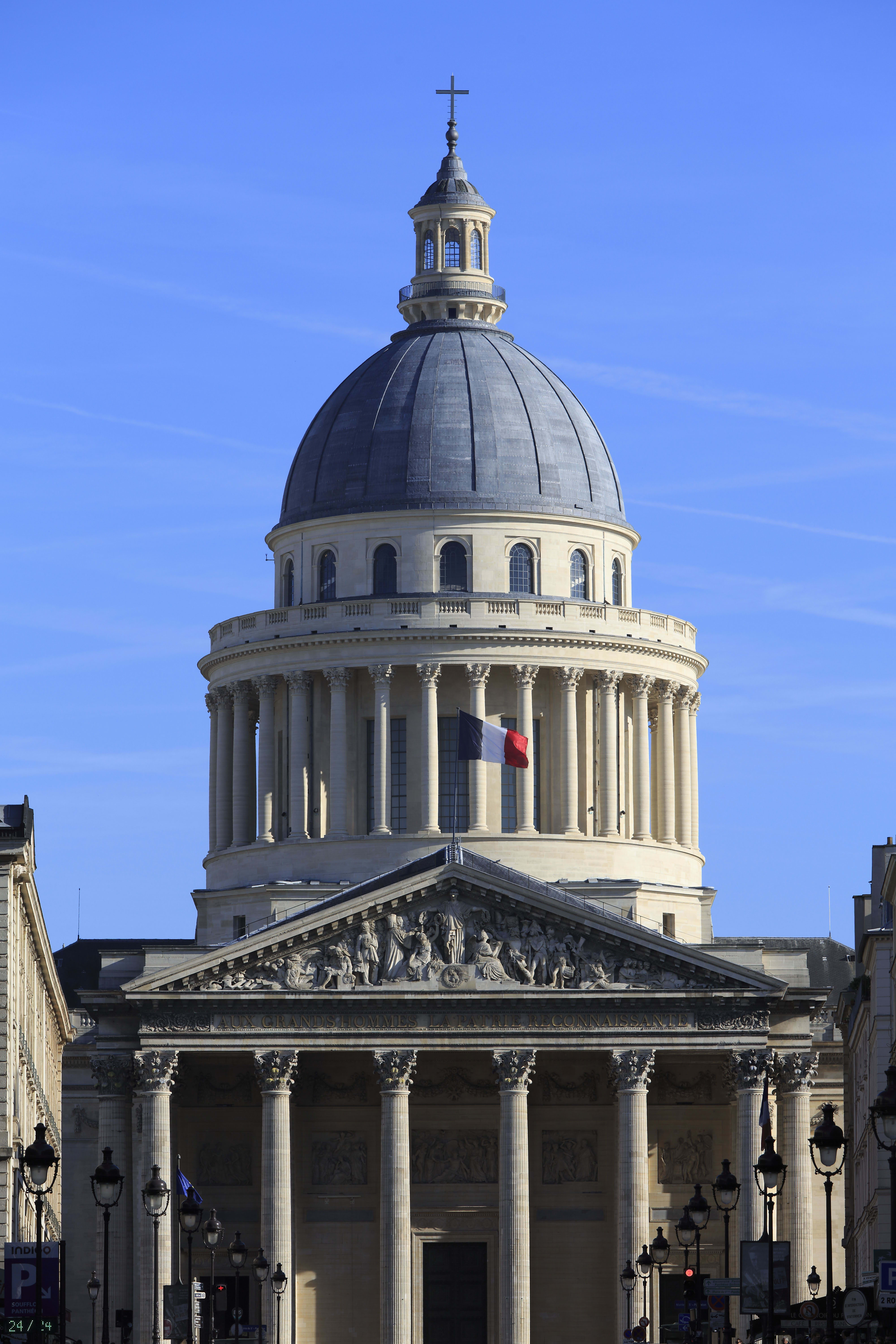
- Copyright image: Jack Downey, U.S. Office of War Information - United States Library of Congress's Prints and Photographs Division
